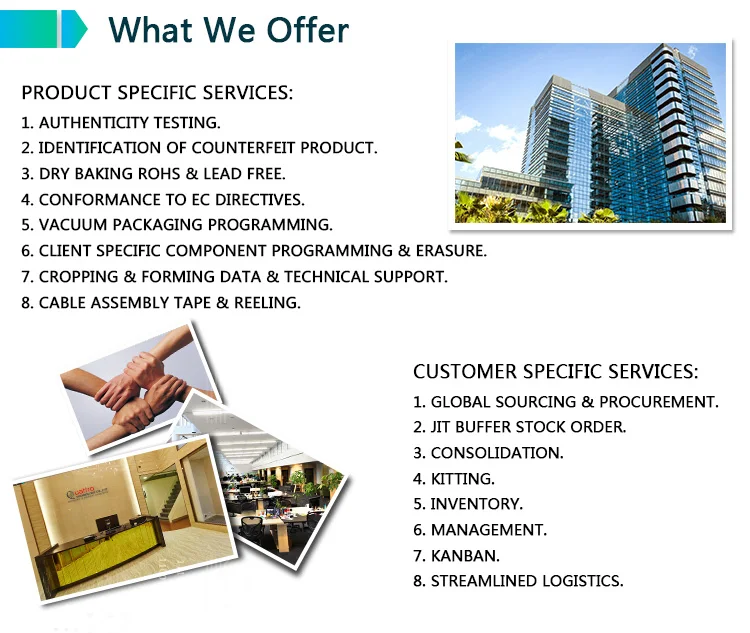Understanding How Does a HELOC Loan Work: A Comprehensive Guide to Home Equity Lines of Credit
#### What is a HELOC Loan?A Home Equity Line of Credit (HELOC) is a revolving line of credit that allows homeowners to borrow against the equity in their ho……
#### What is a HELOC Loan?
A Home Equity Line of Credit (HELOC) is a revolving line of credit that allows homeowners to borrow against the equity in their homes. Essentially, it enables you to tap into the value of your property without having to sell it. The amount you can borrow is typically determined by the difference between your home's current market value and the outstanding balance on your mortgage.
#### How Does a HELOC Loan Work?
So, how does a HELOC loan work? A HELOC functions similarly to a credit card. Once approved, you can withdraw funds up to a predetermined limit, and you only pay interest on the amount you actually use. This flexibility makes HELOCs an attractive option for homeowners looking to finance major expenses such as home renovations, education costs, or debt consolidation.
The HELOC process begins with an application, where lenders will assess your creditworthiness and the amount of equity you have in your home. After approval, you will enter a draw period, typically lasting 5 to 10 years, during which you can borrow against your line of credit. After the draw period ends, you enter the repayment phase, which usually lasts 10 to 20 years, during which you will pay back the principal and interest.
#### Key Features of a HELOC Loan
1. **Variable Interest Rates**: Most HELOCs have variable interest rates, meaning your payments can fluctuate based on market conditions. This can lead to lower initial payments but may increase over time.

2. **Flexible Withdrawal**: You can withdraw funds as needed, making it easier to manage cash flow for ongoing projects or expenses.
3. **Interest-Only Payments**: During the draw period, many lenders allow you to make interest-only payments, which can be beneficial for managing short-term cash flow.
4. **Tax Deductibility**: In some cases, the interest paid on a HELOC may be tax-deductible, especially if the funds are used for home improvements.
#### Pros and Cons of a HELOC Loan
Like any financial product, a HELOC has its advantages and disadvantages.
**Pros**:

- **Access to Funds**: Provides a flexible source of funds for various needs.
- **Lower Interest Rates**: Generally lower interest rates compared to credit cards or personal loans.
- **Potential Tax Benefits**: Interest may be tax-deductible.
**Cons**:
- **Risk of Foreclosure**: Since your home is used as collateral, failing to repay the loan could result in foreclosure.
- **Variable Rates**: Payments can increase if interest rates rise.

- **Fees**: There may be closing costs, annual fees, or other charges associated with setting up a HELOC.
#### Conclusion
In summary, understanding how does a HELOC loan work is essential for any homeowner considering this financial option. It offers flexibility and access to cash but also comes with risks that need careful consideration. Before proceeding, it’s advisable to compare different lenders, understand your financial situation, and consider consulting a financial advisor to ensure that a HELOC is the right choice for your needs.